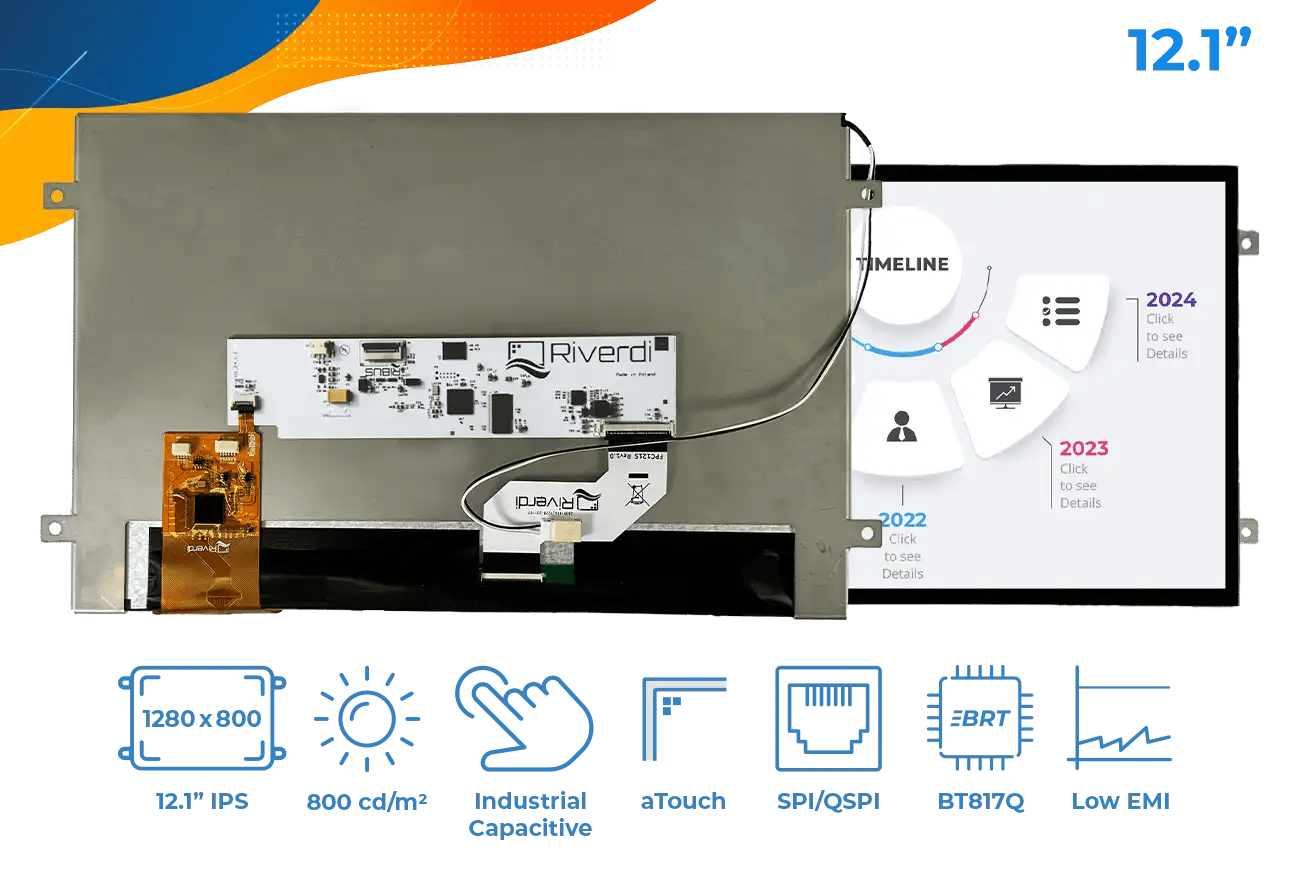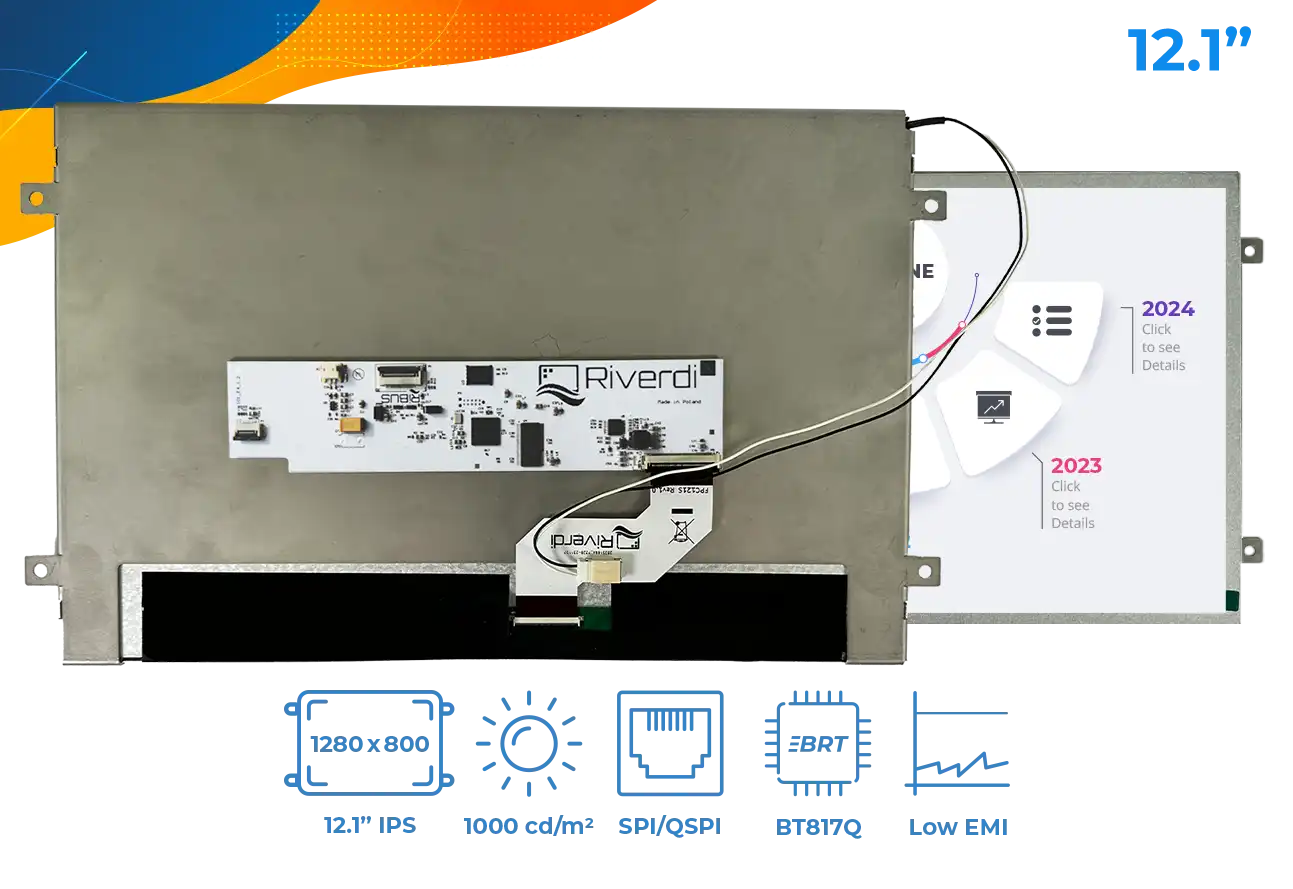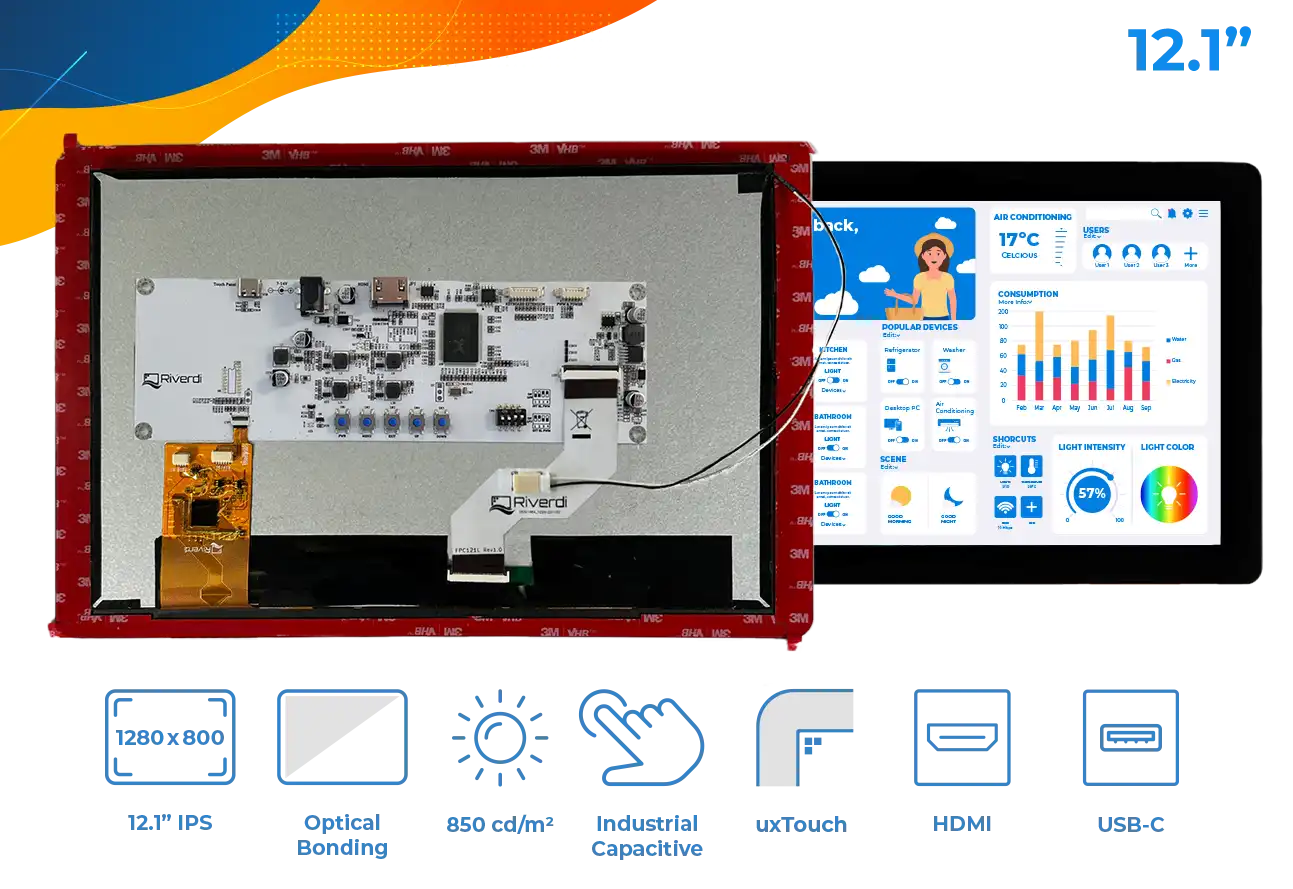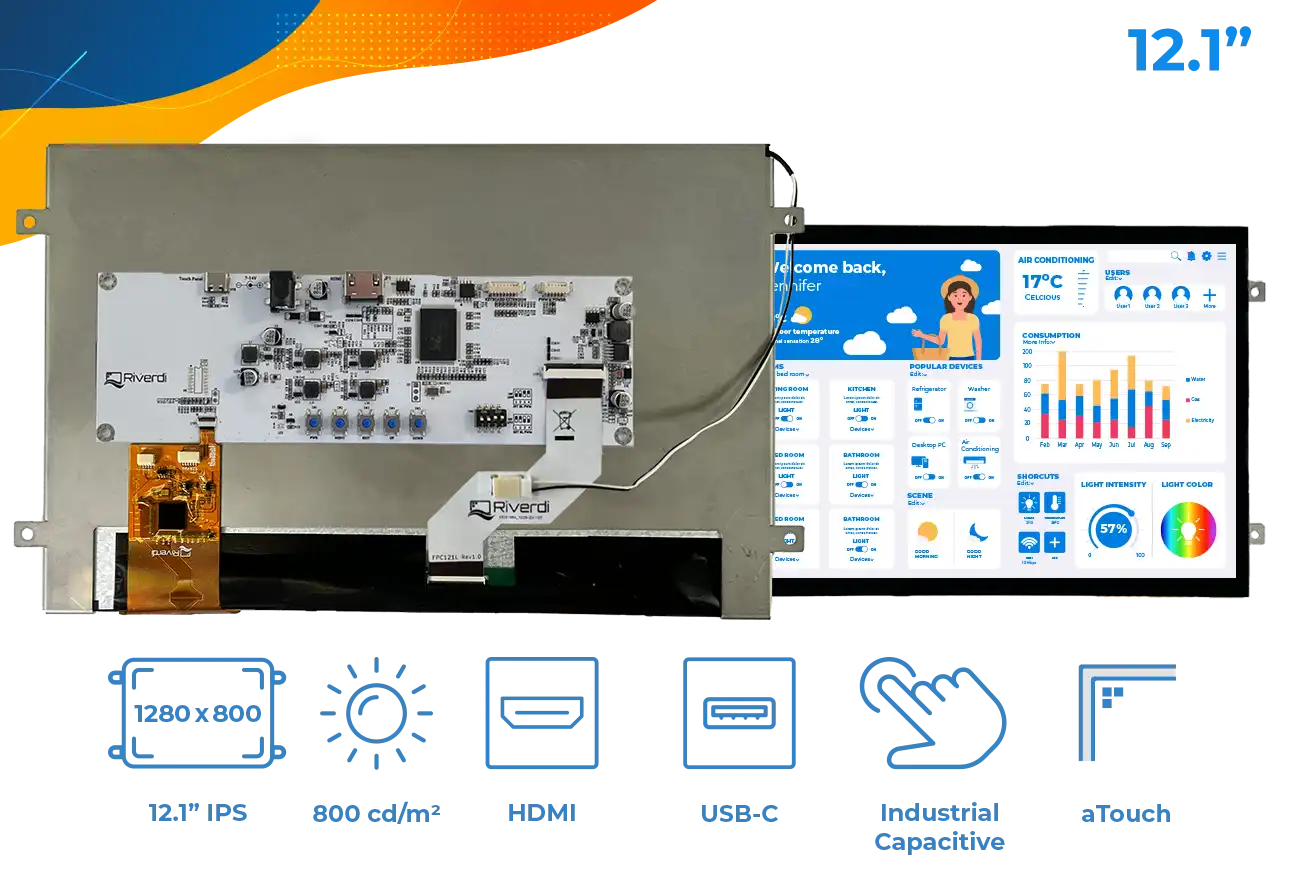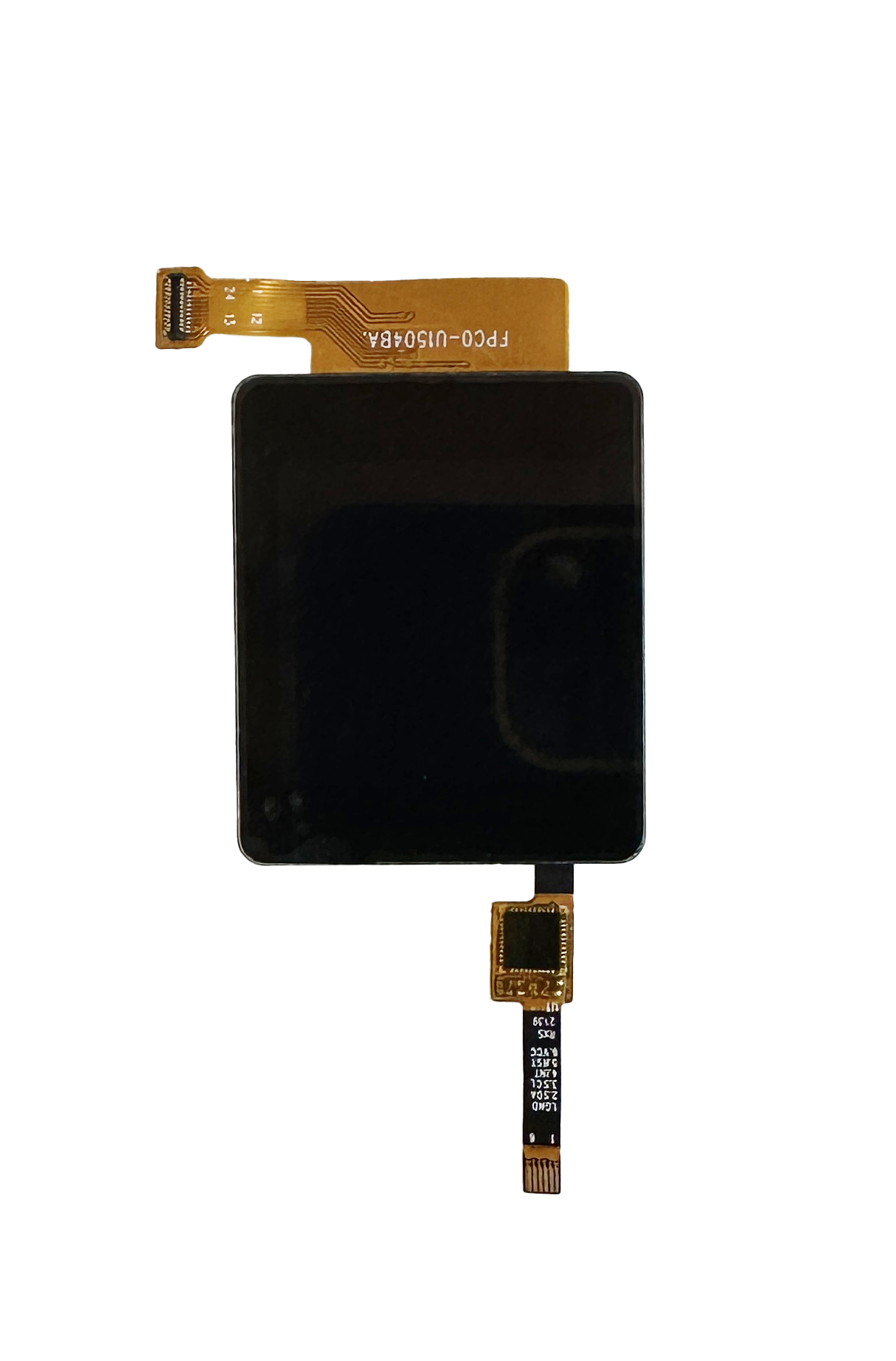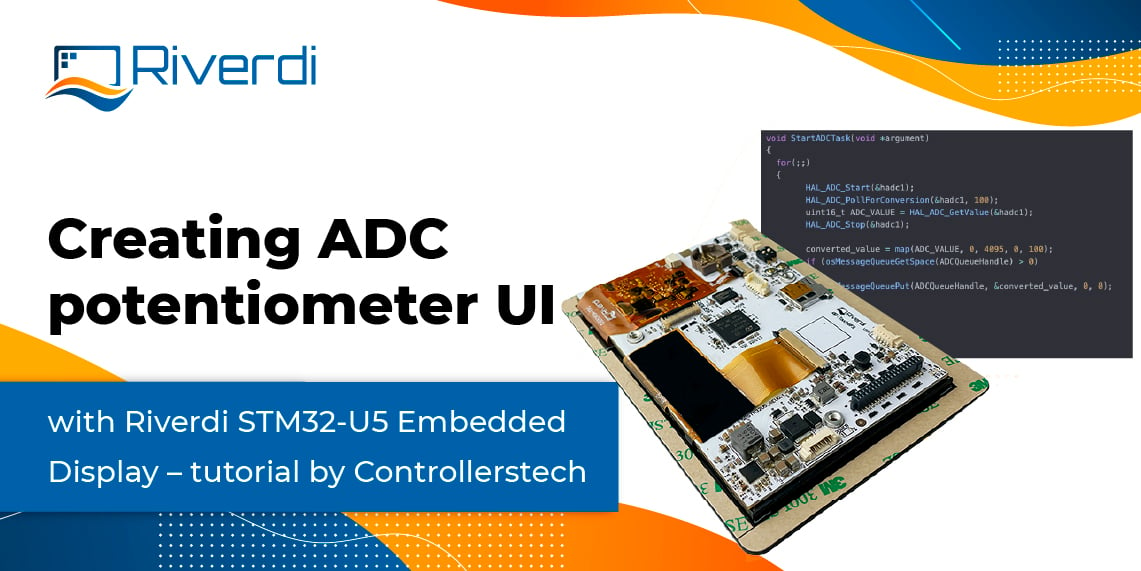This week in the Display 101 series we present the importance of the gasket that seals the touch panel and the TFT display.
Gasket importance is all about the physical aspect. The physical connection between the touch panel and the LCD display is crucial for the module’s efficiency. In this text, we’ll describe both the physical features and the risks of bonding the LCD-TFT with the touch panel.
Gaskets
When connecting the LCD with the touch panel it is important to keep in mind the physics. The cost-efficient solution is bonding by the double-sided adhesive gasket called DST (double-sided tape).
The gasket thickness depends on the size of the module. We optimized those for:
| module size | thickness of the gasket |
| 2.8” | 0.3 mm |
| 3.5” | 0.3 mm |
| 4.3” | 0.3 mm |
| 5.0” | 0.6 mm |
| 7.0” | 0.6 mm |
| 10.1” | 0.5 mm |
The advantage of DST bonding is it’s tightness. The air gap between the touch panel and the LCD screen has to be free from any pollution in order to provide the clearest possible image. Tight assembly protects the module from humidity and various chemicals dissolved in the air. These factors can disturb a clean view and be dangerous for the mechanics of the device.
The main advantage of using the gaskets is creating the distance between the TFT LCD and the touch screen. The distance is necessary because of electromagnetic radiation.
Why do we care about electromagnetic radiation?
Every electronic component emits electromagnetic radiation – LCD and CTP alike. The distance maintained in the assembly process is the resultant of compromise between module thickness and its immunity to noise resulting from the radiation of attached TFT. We are scaling the touch sensor sensitivity and gasket thickness to get the most optimized solution for the module.
While discussing the electromagnetic radiation it is worth mentioning the EMC – Electromagnetic Compatibility. That is the ability of a given electronic device to work properly in a specific electromagnetic environment and not emit any noises (EM Susceptibility) that will interfere with other closely located devices. But it also covers immunity to noises from the environment (EM Immunity).
To exemplify it in a simple way – imagine sound interference when the radio plays next to the device with low EMC.
It is also worth mentioning that the electromagnetic interference is caused by the emitted radiation (by the device, and by the environment). The EMC compatibility concerns the equipment characteristic for the whole device (final application), not just it’s components (i.e. solo the display module). So, it is worthless to certificate the component, if afterwards one puts that component in the environment of the final device and the physics of electromagnetic phenomena changes entirely.
We hope you enjoyed our Display 101 article about the necessity of a gasket for smart displays.
Please contact us what aspect of smart displays you would like to read about next. Just send us a message on social media, or tag us in your post.



